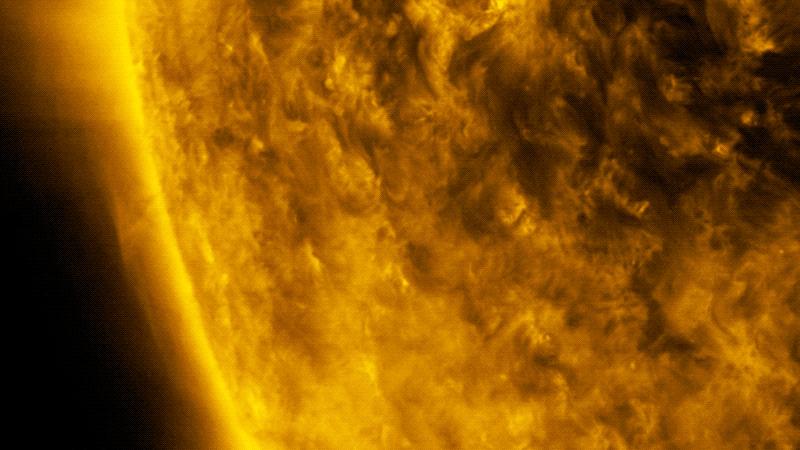Mercury transit
In 1607, Johannes Kepler first predicted that Earth viewers could witness Mercury passing across the surface of the Sun’s disk, also known as a transit. On May 28, 1607 Kepler readied himself to witness Mercury’s transit by using a camera obscura, a device similar to a pinhole projector. While he did observe a black spot on the Sun, he later realized it was a sunspot. Kepler made a future prediction for Mercury’s next transit to occur in 1631. Even more incredible, is that he realized both Mercury and Venus would transit the Sun during this year. This won’t happen again until the year 13425. However, while his prediction was correct, he did not live to see it and French astronomer Pierre Gassendi became the first person to see the transit of Mercury.

Image: Public Domain
What is a Transit?
A planet transit occurs when a planet passes between Earth and the Sun, causing some of the Sun’s light to be blocked from Earth. For Earth observers, planet transits only occur for the two inner planets: Mercury and Venus. On November 11, 2019 this rare event will take place and will be visible for most people of the world. Mercury won’t transit the Sun again until 2032! For observers in the western United States, Mercury will begin its transit before sunrise. However, it will take over 5 hours to cross the entire solar surface, so you will have several hours after sunrise to witness this event.

Image credit: NASA/JPL
The following table was produced by Space.com and gives the various stages of the transit for the various time zones:

Space.com explains, “First contact is when the disk of Mercury first touches the eastern (left) edge of the sun. It takes about two minutes for the disk of Mercury to completely move onto the sun’s disk (second contact). The greatest transit is when Mercury will appear nearest to the center of the sun. Third contact is when the forward edge of Mercury reaches the western (right) edge of the sun. Two minutes later, Mercury completely leaves the sun’s disk (fourth contact). ”
How to View a Transit
In order to view a planet transit, you will be looking directly at the Sun. Because of this, you should NEVER view a transit without specialized equipment on binoculars or a telescope. If you do not have access to a solar filter or someone that does (or in the event of bad weather), Space.com will be live streaming the event.

